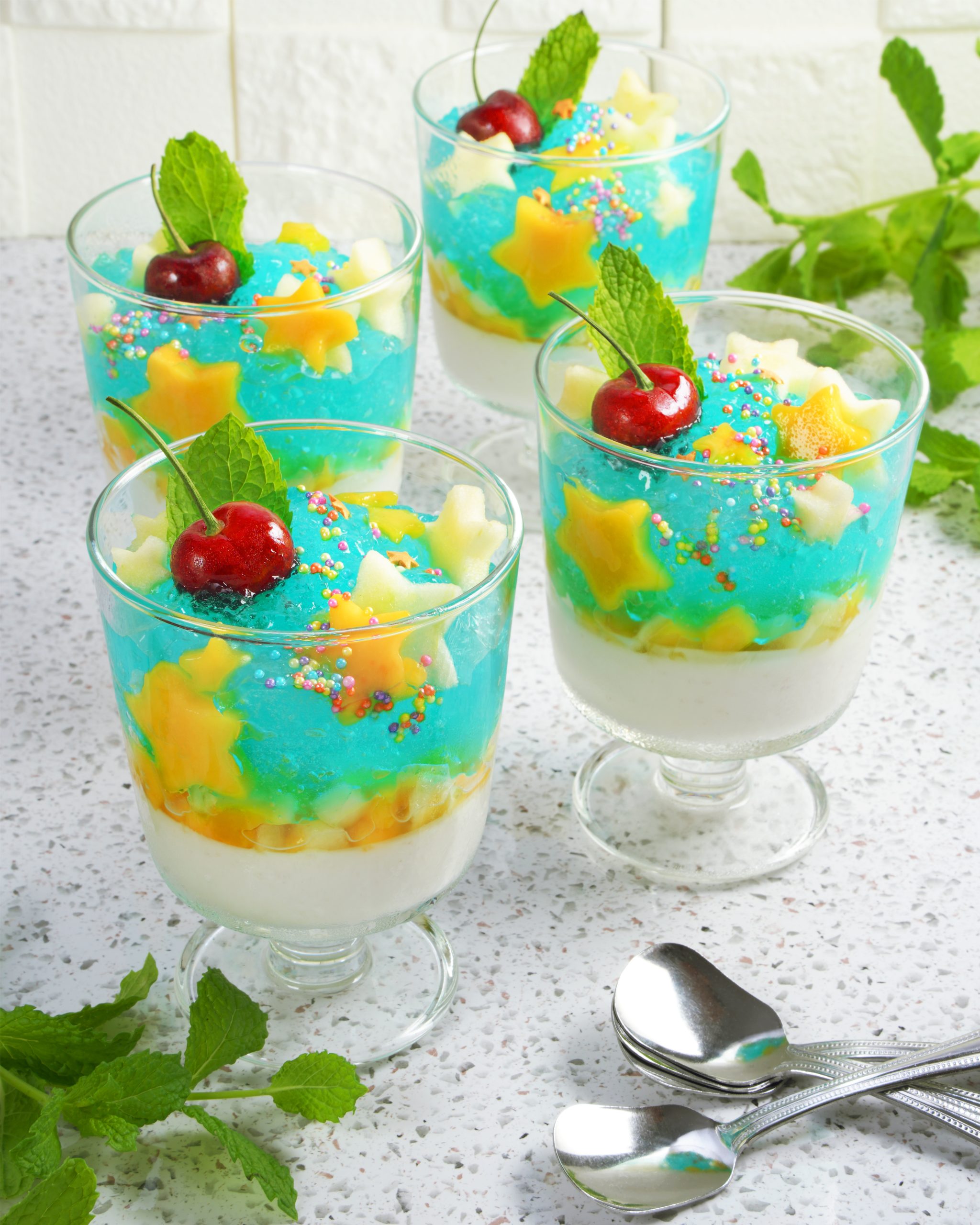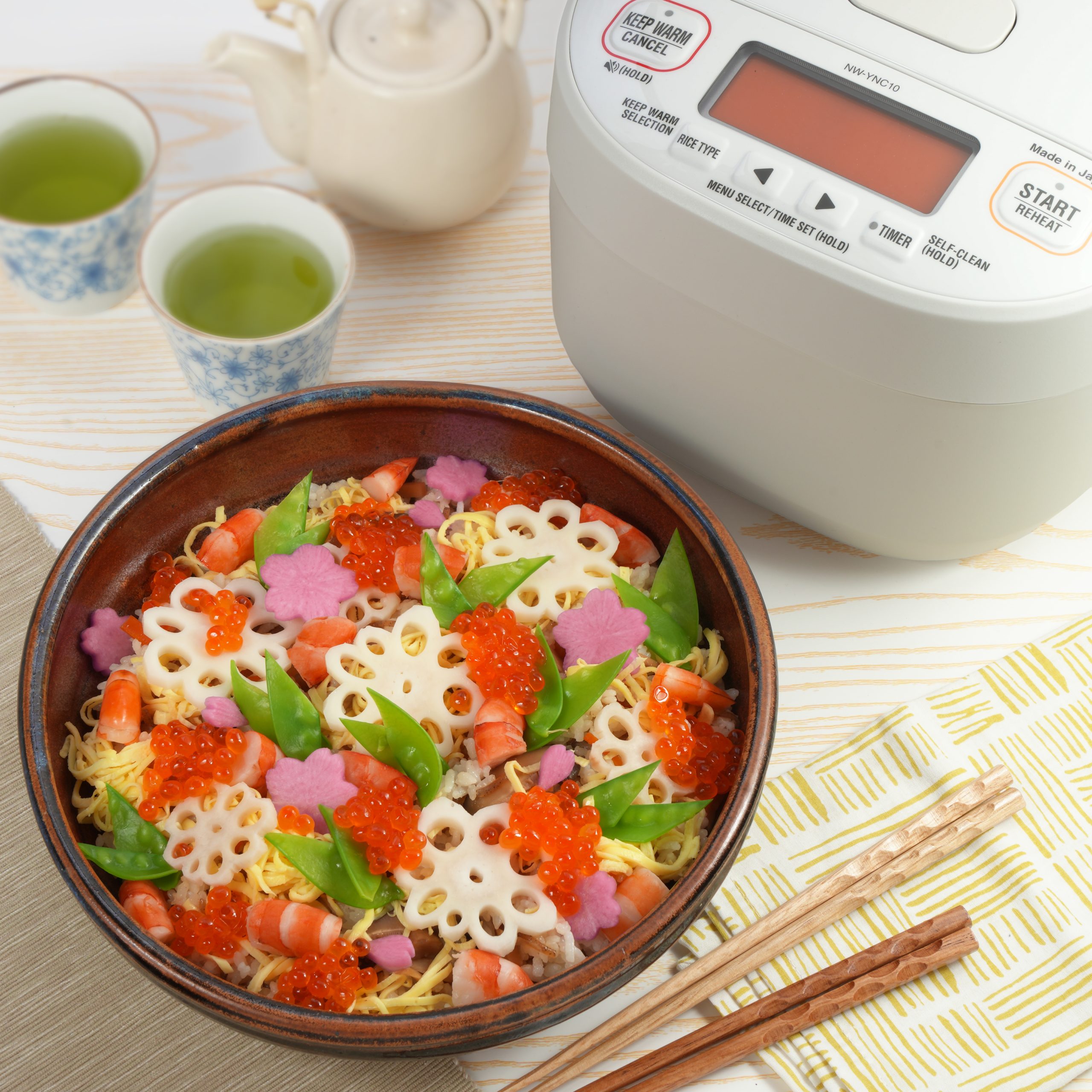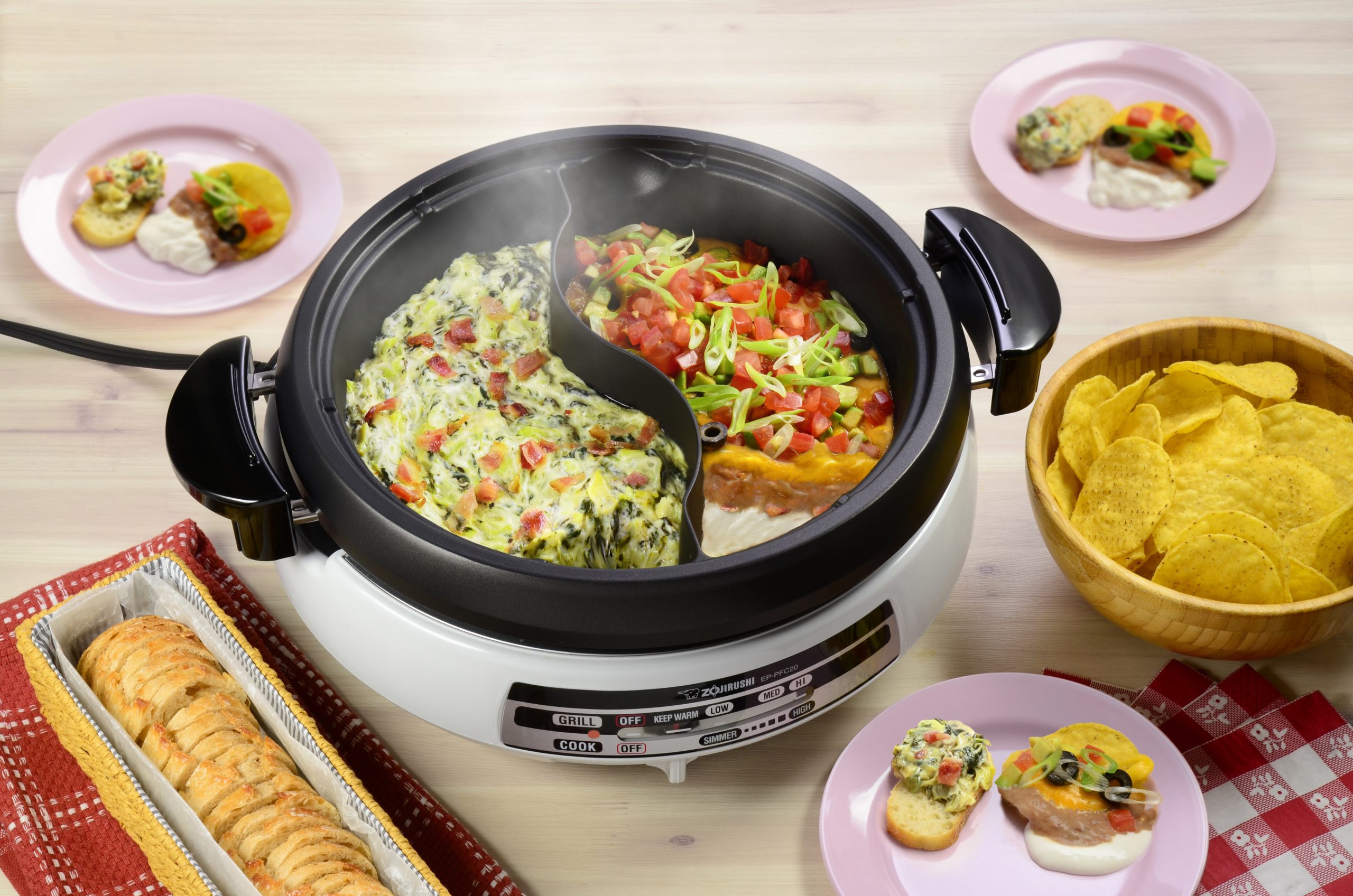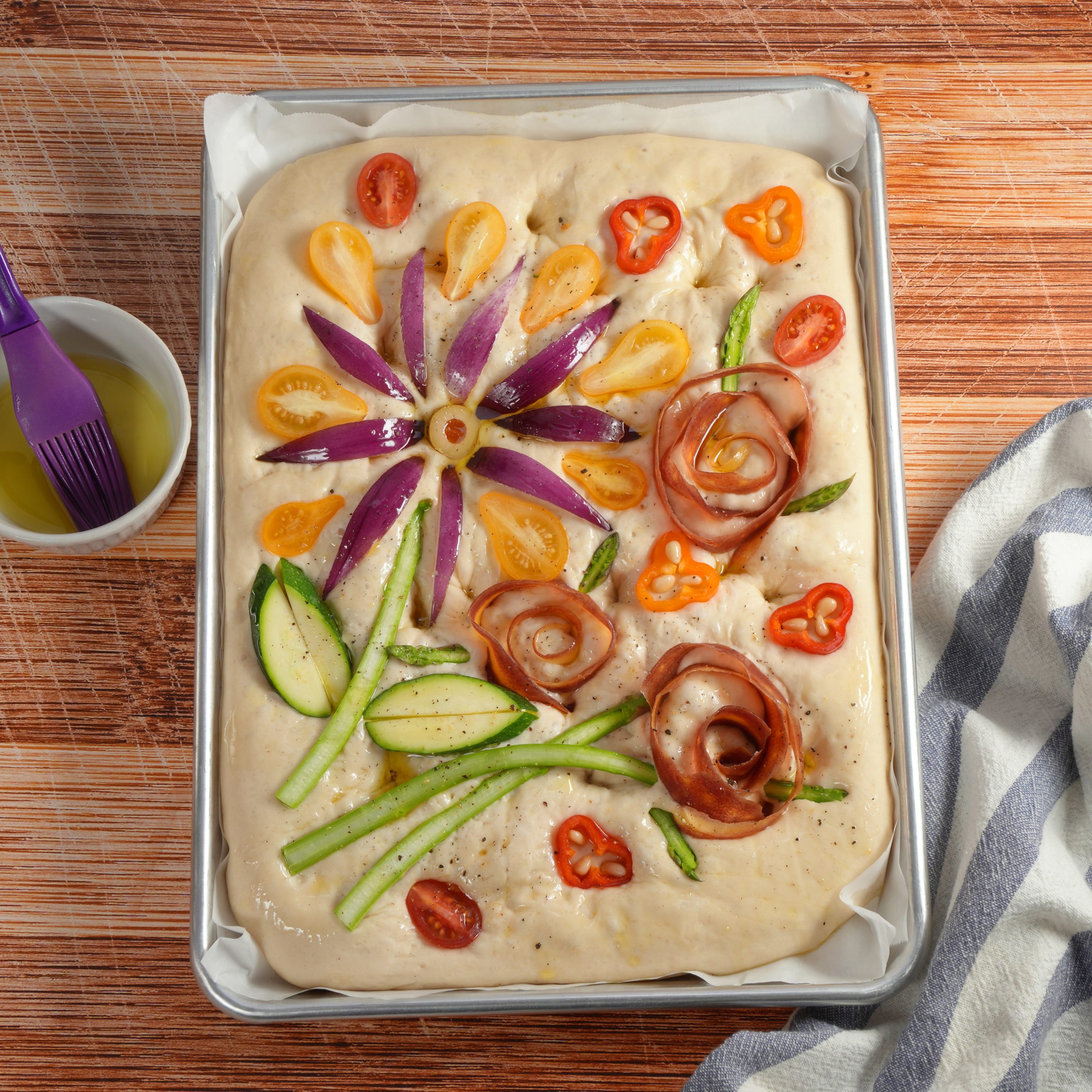Category: From Zojirushi America

Celebrate Tanabata: A Summer Festival of Tradition, Food, and Family
Read more: Celebrate Tanabata: A Summer Festival of Tradition, Food, and FamilyTanabata, also known as the Star Festival, is one of Japan’s most beloved summer celebrations.…

Exploring the History and Types of Sushi: A Journey Through Japan’s Culinary Tradition
Read more: Exploring the History and Types of Sushi: A Journey Through Japan’s Culinary TraditionSushi is one of Japan’s most iconic dishes, beloved worldwide for its fresh flavors, delicate…

Zojirushi Helps You Enjoy Going Out with Sustainable Solutions: New Leakproof Mug & More
Read more: Zojirushi Helps You Enjoy Going Out with Sustainable Solutions: New Leakproof Mug & MoreHeading out for a hike? Commuting to work? Planning a picnic in the park? Wherever…

Meaningful Milestones Made Easy: Thoughtful Gifts for Every Occasion by Zojirushi
Read more: Meaningful Milestones Made Easy: Thoughtful Gifts for Every Occasion by ZojirushiFrom graduation celebrations to welcoming a new home or baby, life’s milestones deserve to be…

Fun with Dough: Creative Bread Making Ideas for the Whole Family
Read more: Fun with Dough: Creative Bread Making Ideas for the Whole FamilyNothing beats the smell of fresh bread filling the house—and the joy of making bread…




